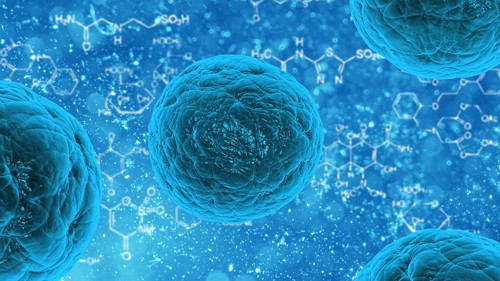At AHCJ’s Health Journalism 2015 conference, it was a sincere privilege to hear global leaders in the field of stem cells discuss the latest advances and challenges in the field. As a journalist and as an advocate for a family member who donated stem cells in 2013, I found this session fascinating.
Many thanks to Lisa Krieger, science and medicine writer at the San Jose Mercury News for organizing and moderating the panel discussion. The speakers were:
- Irving Weissman, MD, Director, Stanford Institute of Stem Cell Biology and Regenerative Medicine, Comprehensive Cancer Center, and Stanford Ludwig Center for Stem Cell Research at Stanford; V&D Ludwig Professor of Clinical Cancer Research; Professor, Pathology, Developmental Biology, and by courtesy, Neurosurgery and Biology
- Maria Grazia Roncarolo, MD, co-director of the Institute for Stem Cell Biology and Regenerative Medicine, the George D. Smith Professor in Stem Cell and Regenerative Medicine, Professor of Pediatrics and of Medicine (blood and marrow transplantation), chief of the Division of Pediatric Stem Cell Transplantation and Regenerative Medicine, and co-director of the Bass Center for Childhood Cancer and Blood Diseases.
- Daniel A. Lim, MD, Ph.D., assistant professor in residence of neurological surgery, director of restorative neurosurgery; faculty, biomedical sciences graduate program and Eli and Edythe Broad Center of Regenerative Medicine and Stem Cell Research, UCSF
In this post, I focus on the highlights from Dr. Weissman’s talk.
Transferring technology too early stalls progress by decades.
Today, a last chance treatment for some cancers is an autologous blood stem cell transplant†, where a patient’s own stem cells are collected in advance of aggressive chemotherapy and radiation, and then transplanted back to reboot their blood-forming system from zero.
In the late 1990s though, Dr. Weissman’s research found that at least half of the mobilized blood from metastatic breast cancer patients still contained cancer cells, meaning that it still had the ability to grow cancer. He found a way to remove the cancer cells by 250 thousand fold before transplanting the blood-forming stem cells back and patented both the technique and the stem cells. But after he sold his innovation to a biotech company, the company shut down his clinical trials and shelved the innovation in favour of pursuing small molecules, a treatment avenue that held more promise for profitable drug development.
“One of the key barriers in our society is that we transfer technology too early from academic institutions whose only goal is to advance medical science to companies whose major goal is to make a profit, as fast as possible. They make business decisions which we live with.”
In a look back at the results, a 2011 Stanford study found that the patients who received the purified stem cells showed a remarkable cure rate of 33% at 15 years compared to only 7% for patients who received non-purified stem cells. The trials were early stage and small, but for a cancer treatment, that’s an impressive cure rate over a long time horizon.
“Nobody has gotten this treatment since 1998. We lost twenty years on this.”
Today, the innovation is back in Weissman’s hands at Stanford. He does not own the patent, but he is helping plan a new study to prove the technique’s effectiveness in a non-profit setting. If it works, this method could provide cancer-free blood stem cells for patients with a variety of cancers, including aggressive and metastatic breast cancers, lymphomas and myelomas.
For more information about how Dr. Weissman’s technique traded hands with the biotech company and was stashed in a drawer since, read this story by Lisa Krieger.
I wonder how many other academic breakthroughs have been transferred too quickly to big business, only to be shelved, putting profits ahead of patients.
I spoke with Dr. Weissman after the session and asked him about his thoughts on progress in the area of allogeneic† blood stem cell transplants. He said that within 10 years, regenerative medicine will advance to the point where we will no longer need donors for blood stem cell transplants.
† In an allogeneic blood stem cell transplant, a different person donates stem cells for a recipient. Read more about allogeneic donation in my post Risks for Healthy PBSC Donors? One Family’s Powerful Experience on Paul Knoepfler’s Stem Cell Blog.


